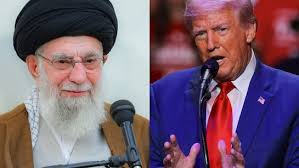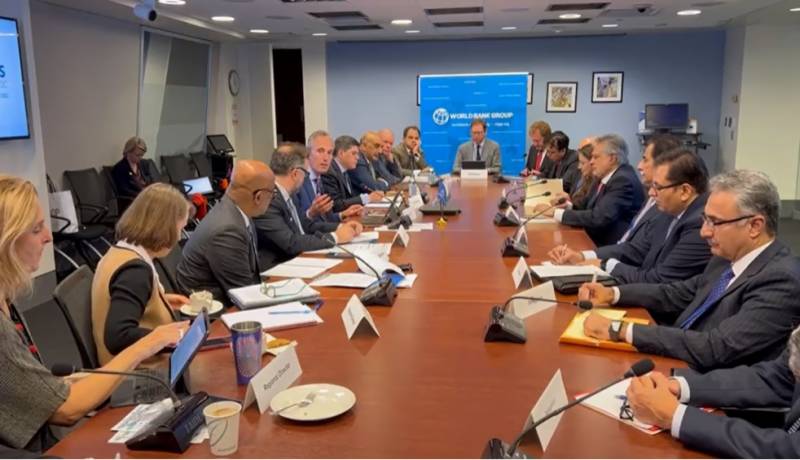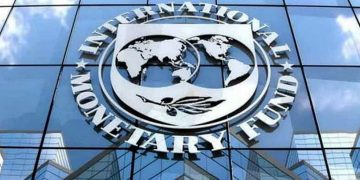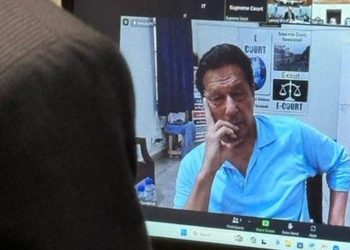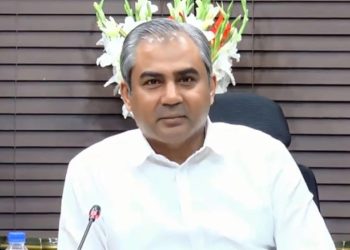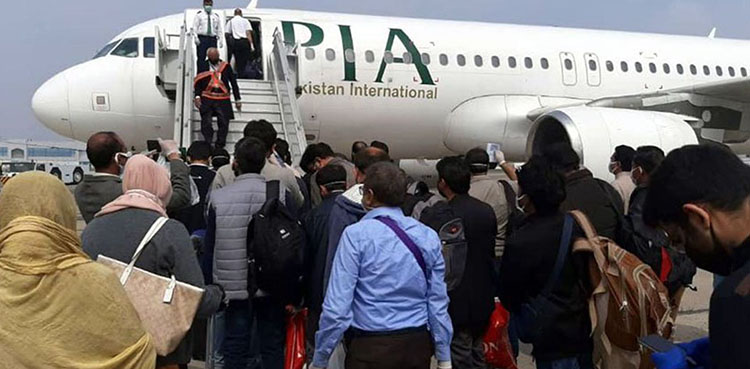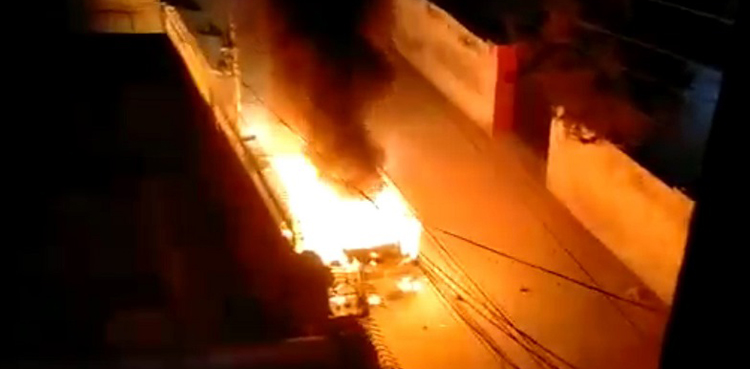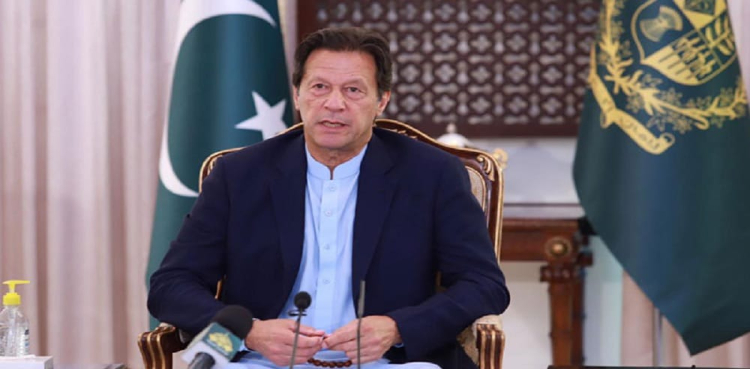China has played a significant role in upgrading and enhancing the capabilities of Pakistan Army’s Armoured Corps
AL-Zarrar
It is an upgrade of Pakistan’s aging Chinese Type 59 tanks developed with Ukrainian assistance and manufactured by the Heavy Industries Taxila.
The Al-Zarrar is cost-effective modern replacement for the Type 59 fleet of the Pakistan Army. Equipped with modern armament, fire control and ballistic protection, the Al-Zarrar upgrade is also offered by HIT to the armies of foreign countries to upgrade their T-54/T-55 or Type 59 tanks to Al-Zarrar standard.
Al-Zarrar’s primary armament is a 125 mm smoothbore tank gun capable of firing APFSDS, HEAT-FS and HE-FS rounds as well as anti-tank guided missiles. The gun, with a semi-automatic autoloader, the gun has a dual-axis stabilization system and thermal imaging sights integrated into the fire-control system for the commander and gunner. The image stabilized fire-control system includes a laser range-finder for accurate range information and ballistics computer to improve accuracy.
Al-Zarrar uses modular composite armour and explosive-reactive armour panelling to improve its combat survivability.
Weighing around 44 tonnes, the Al-Zarrar is powered by a liquid-cooled 12-cylinder diesel engine, giving a power output of 730 horsepower.
It has a crew of four, which includes a gunner, driver, loader, and commander.
Al-Khalid I and II
Apart from the JF-17 Thunder fighter aircraft, Al-Khalid Tank in one of the most significant military projects between China and Pakistan.
Al-Khalid I is considerably more powerful and is the primary main battle tank (MBT) of the Pakistani army. The agreement to jointly develop Al-Khalid main battle tank was signed between China and Pakistan in 1990s. The final tank design resulting from a decade of co-operative development later contributed to China’s impressive Type 99 main battle tank.
The compatibility and operational conditions were key aspects of the development as the tank was designed to cope with the extreme weather conditions in Pakistan, resulting in the development of high performance cooling and air filtering systems for both engine and crew.
Al-Khalid is armed with a 125 mm smoothbore cannon and is capable of firing all kinds of modern ammunition including Pakistani depleted uranium rounds.
The tank is powered by a 1,200 horsepower diesel engine from Ukraine.
An upgraded version of the tank, named Al-Khalid II features a redesigned turret, upgraded armour package and a 1,500 horsepower engine to increase its mobility.
What lies ahead
China has repeatedly helped Pakistan create a more commercially feasible defence industry so that purchasing expensive hardware does not cripple the country’s already weak economy.
Pakistan has relied on Chinese
military hardware for more than five decades, though Islamabad has used every
opportunity to also gain access to Western defence equipment, notably from the
U.S. Technology transfers from China have enabled Pakistan to begin producing
military hardware on its own. Pakistan is also increasingly foraying into the
production of tanks and other equipment for land forces thanks to technology
transfers from China.
The China-Pakistan relationship is anchored
primarily on defence and security cooperation and that this cooperation is the
key to holding Pakistan and China together.




